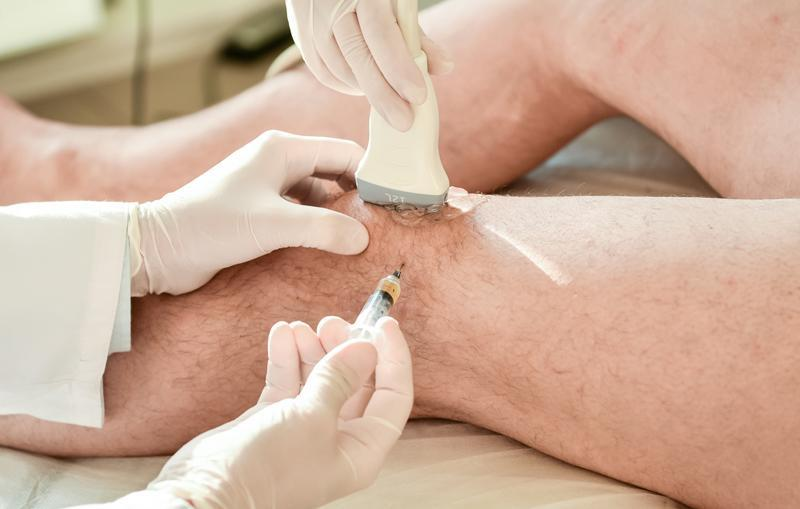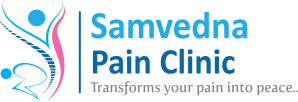Dextrose Prolotherapy
Comprehensive Dextrose Prolotherapy
Discover a natural, regenerative approach to pain relief with dextrose prolotherapy. In this detailed exploration, we uncover the science behind this innovative therapy, its mechanisms of action, applications in pain management, safety considerations, and the growing body of evidence supporting its effectiveness.

Understanding Dextrose Prolotherapy
Dextrose prolotherapy, also known as proliferative therapy or regenerative injection therapy, is a non-surgical treatment modality aimed at stimulating the body’s natural healing mechanisms to address chronic musculoskeletal pain. This technique involves the injection of a dextrose solution into damaged ligaments, tendons, or joints, triggering a localized inflammatory response which triggers release of growth factors and collagen deposition, that initiates the healing process.
Tendon insertions, and in adjacent joint spaces in order to promote growth of normal cells and tissues. The proliferate solutions used mainly contain the medical-grade Dextrose (in different concentrations), along with other natural substances (Northgate sodium, phenol, glycerin, scraping, biominerals, etc.), Hence the name. The great advantage of Dextrose Prolotherapy is that it is Safe, and has unique ability to address root causes of disability.
Research and scientific studies have shown that Comprehensive Dextrose Prolotherapy is superior to the traditional conservative treatments in relieving the root cause of problems of chronic musculoskeletal pain, sports injuries and arthritis. It is an Effective, Trustworthy, Reliable and a Viable Alternative to non-effective conservative treatments including surgery.

- Uses of Prolotherapy
- Advantages of Prolotherapy
- Process of Prolotherapy procedure
- Do’s and Don’ts
- Course of Prolotherapy
- Dextrose Prolotherapy helps regenerate tendons and ligaments but it is not a quick fix.
- This therapy stimulates the growth and repair of tendons and ligaments, and requires time and rehabilitation. Through regular visits, your doctor will determine when you are able to resume regular physical activities.
- On average, patients return to sports between 8 to 12 weeks after the Dextrose Prolotherapy injection.

